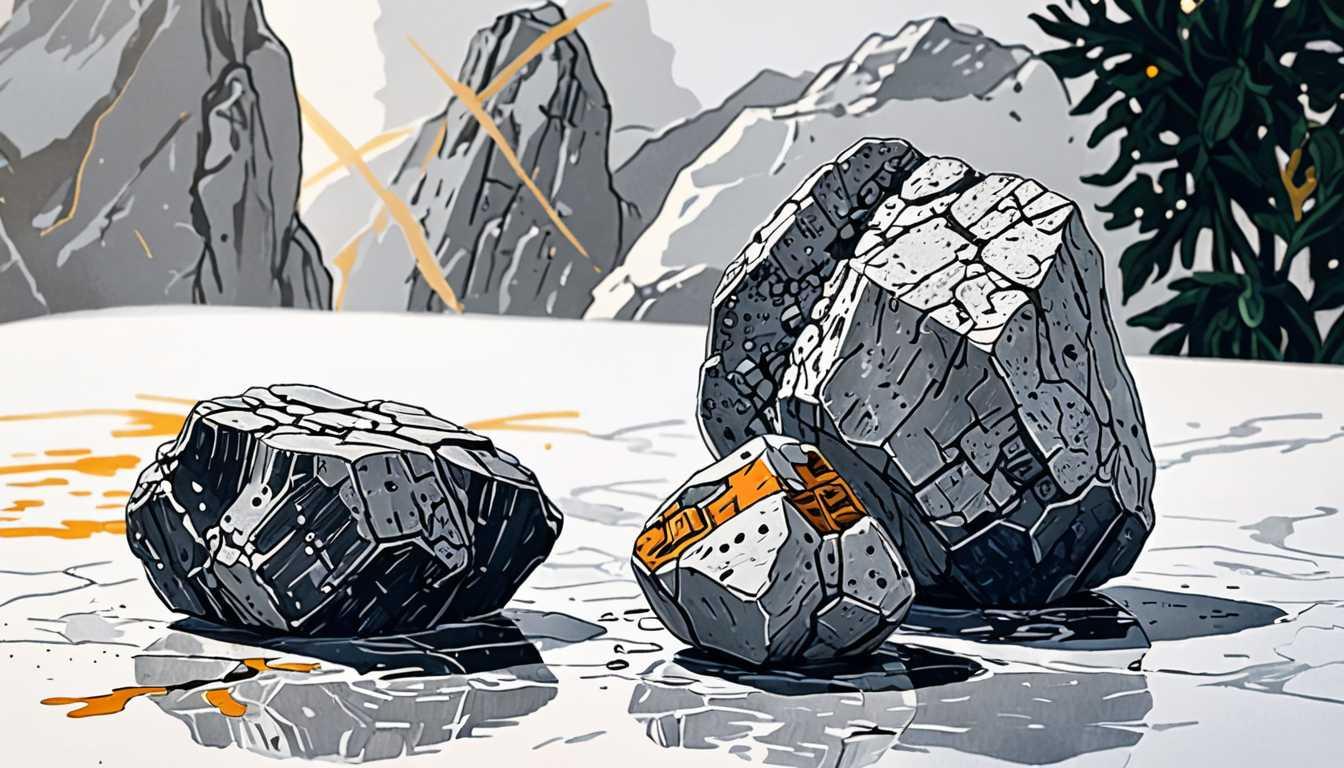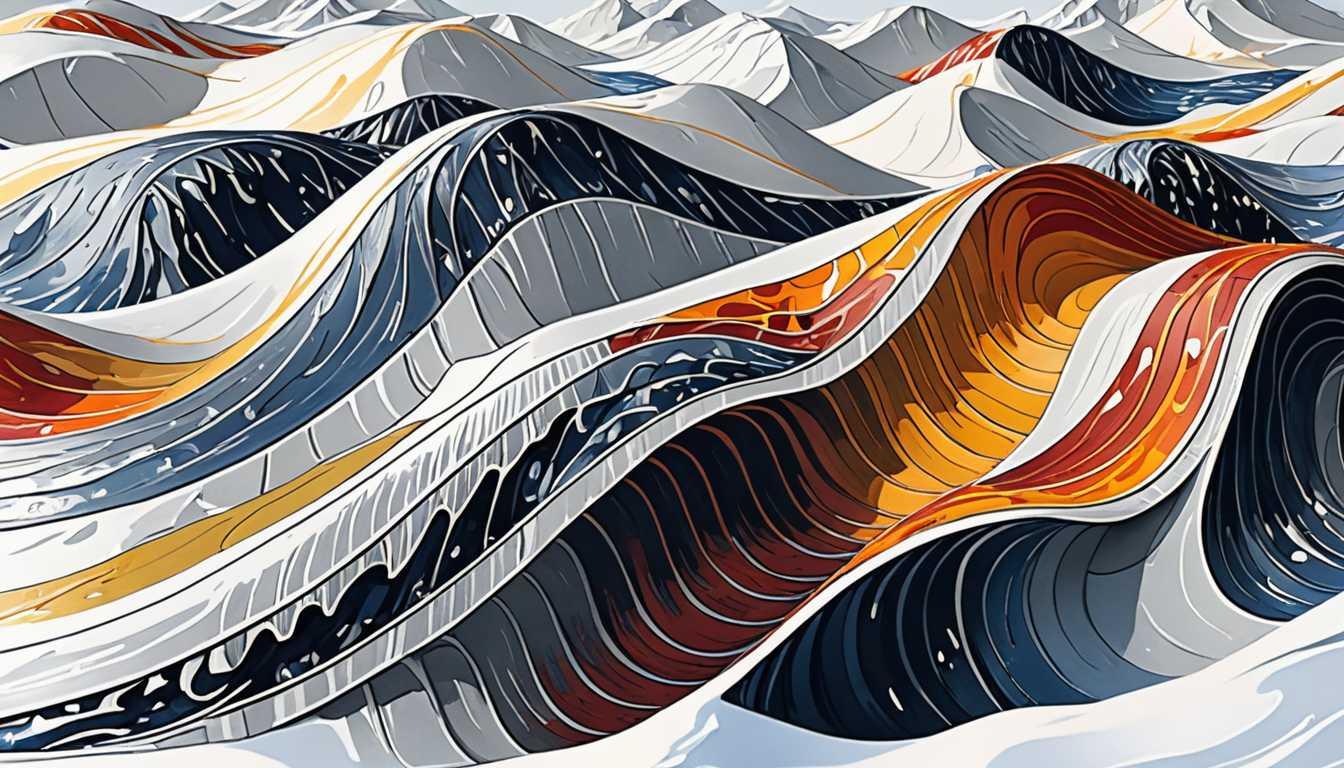Glaciers: The Hidden Forces of Ice!
May 2024
MIT News
Introduction
Ever wondered how tiny flaws in ice can affect gigantic glaciers? A fascinating article from CellImage reveals that microscopic defects play a crucial role in glacier movement! Dive in to discover how these minuscule imperfections can cause massive shifts and flows—it's like the ice's version of a hidden superpower! So grab your reading glasses and get ready for a cool adventure!
READ FULL ARTICLEWhy It Matters
Discover how this topic shapes your world and future
Unveiling the Secrets of Glacier Flow
Understanding glacier flow is essential not just for scientists but for everyone who cares about our planet's future. As glaciers melt and calve into the sea, they significantly contribute to rising sea levels, which can affect coastal cities and ecosystems worldwide. This research highlights the importance of microscopic processes that influence how glaciers move, challenging previous beliefs that all glaciers behave the same way. Recognizing that the Antarctic Ice Sheet is not one solid mass but varies in its flow patterns opens up new possibilities for predicting future sea-level rise. This topic is not just about ice, it’s about the global implications of climate change, the potential for natural disasters, and how we can prepare for a more uncertain future. By connecting these scientific insights to real-world challenges, you can see how your actions today—like reducing waste or advocating for environmental policies—can make a difference.
Speak like a Scholar
Deformation
The change in shape or structure of an object, like how ice changes when it moves or melts.
Microscopic
Something so small that you need a microscope to see it, like the tiny defects in ice that affect how glaciers flow.
Creep
A slow, gradual movement of a solid material, like how glaciers slowly flow down a mountain over time.
Sensitivity
How responsive something is to changes, for example, how sensitive ice is to stress from warming temperatures.
Instability
A state where something is likely to change suddenly, which in this case refers to how glaciers might rapidly change due to melting.
Mass balance
The difference between the amount of snow and ice a glacier gains versus what it loses, impacting overall glacier health.
Independent Research Ideas
The Impact of Microphysical Processes on Glacier Melting
Investigate how microscopic changes in ice structure contribute to global sea-level rise. This exploration could reveal new strategies for climate prediction.
Comparative Glacier Studies
Analyze different glaciers worldwide to see how various conditions affect their flow and melting rates. This could help in understanding broader climate patterns.
Glacier Flow and Ecosystem Changes
Research how changes in glacier flow affect nearby ecosystems, including wildlife and plant life. This intersection of biology and climate science is crucial for conservation efforts.
Historical Climate Data and Glacier Behavior
Explore past climate records to predict future glacier behavior. Understanding historical patterns can provide valuable insights into future climate scenarios.
The Role of Technology in Glacier Monitoring
Examine how modern technology, like satellite imagery and drones, helps scientists monitor glacier changes. This study could highlight the importance of tech in environmental science.
Related Articles

Zinc: The Cosmic Ingredient for Life!
October 2024
U of Cambridge Research

Exploring Japan's Tsunami: A Deep Dive
January 2025
Cornell News Highlights

Glaciers in Trouble: A Climate Change Alert
August 2024
UC Berkeley

Stream Monitoring: California's Water Crisis Uncovered
June 2024
Berkeley Rausser

Earth's Inner Core: A Slower Spin Revealed!
June 2024
Cornell News Highlights